Gay director Joel Schumacher in a recent interview that he has slept with 10,000 to 20,000 men (well, that's not too specific a figure, but who can really keep count unless you are carrying around a “little black book” at all times).
Ok, let's do the math. Now, Joel is 79. He claims he started fooling around sexually at age 11. Thus, using the 20,000 maximum, he would have to have had sex five times a day for 55 years. Maybe some days he had more sex than others; I am thinking perhaps he may have attended orgies Friday and Saturday, giving him some weekday nights “off.”

In the interview, Schumacher does tie this sexual history back to the 1970s, where, according to much evidence, some of it anecdotal, a lot of gay sex was going on. The bathhouses were veritable sex palaces and even advertised as such. One person I know said that his memory of being gay in the seventies in Chicago meant readily available sex. And not just in bathhouses and movie theaters and bars. Everywhere. A cruise in a gas station would end up in sex in the gas station bathroom or the bushes next to the parking lot.
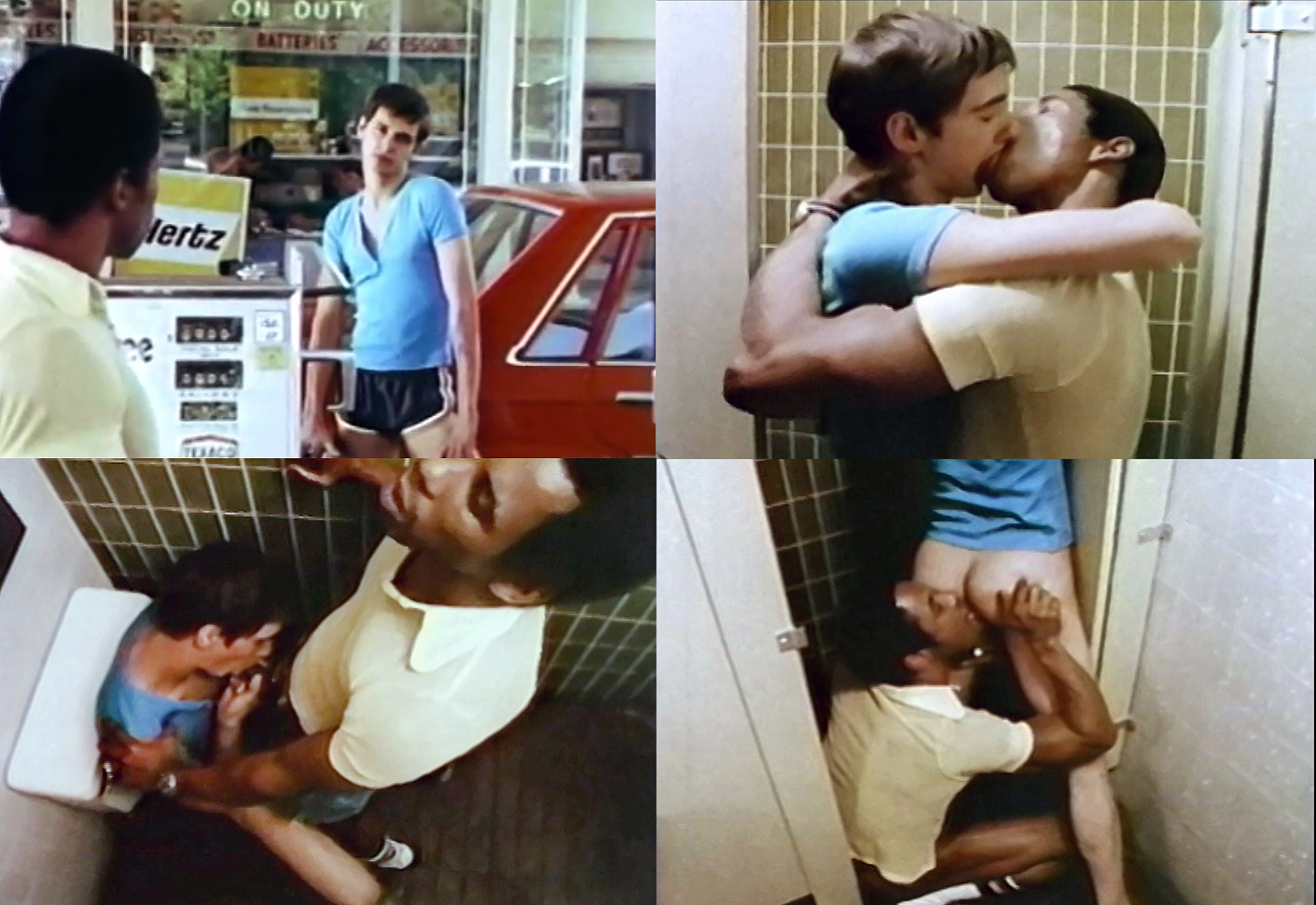
Thus, even if 10,000, the low estimate (again, how would one really know?) could be close to the truth, if one counts every single sexual encounter, and I am making the assumption that not every encounter involved penetration, maybe.
In an attempt to place this, let's just say, “prolific” sex life in perspective, “Now a lot of gay people are getting married, they’re adopting, or they’re having children,” Schumacher said later in the interview. “There wasn’t any of that when I was young. If you went into a gay bar and there were 200 men in there, and you said, ‘Okay, who wants to have a little house with a white picket fence, and a dog, and a child, raise your hands,’ or ‘Who wants to get laid tonight?’ The concept of a lovely suburban life or raising children was not a high concept.”
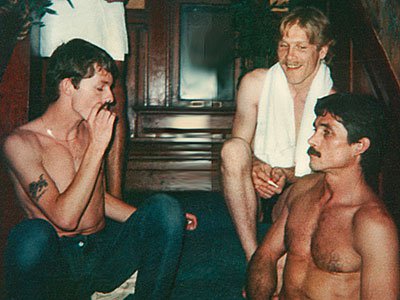
The 1970s was definitely a time of norm breaking, but, going beyond this time period, when being LGBTQ was not a privileged position in society. Schumacher also implies, it's easier to break norms, especially sexual norms, if you are privileged, and he admits he is. And related to privilege, especially economic privilege, he does claim he never did sex work or paid for it, either.
And of course AIDS changed everything, which Schumacher does admit. And so much more as LGBTQ persons embraced essentially conservative structures like serving in the military openly and especially legal marriage.
Thus, I wonder if the real issue here isn't the quantity of the sex partners, that Schumacher is just a gay version of those toxic masculinity boasters like Wilt Chamberlain who also claimed he slept with 20,000 women, or even, who cares?
I think it really is how we interpret the availability of sex in diverse social and cultural contexts. Taking away sexual choice doesn't necessarily make sex less available. And thus, a climate of easily available sexual choices doesn't necessarily mean sex is more available to you. Schumacher found he could act on his sexual identity in the wild 1970s. In his case, the “supply and demand” worked in tandem for him personally. Personally is the key word here. And I think Schumacher was not simply reducing sex or sex acts to numbers or checking off a list. His experience was the experience of many gay men in their personal sexual journeys. And they were finally given the freedom to choose, until AIDS took away that heady freedom. And it was the LGBTQ community that refused to allows persons with AIDS to be treated like numbers and in doing so, survived and thrived like Joel Schumacher has done.



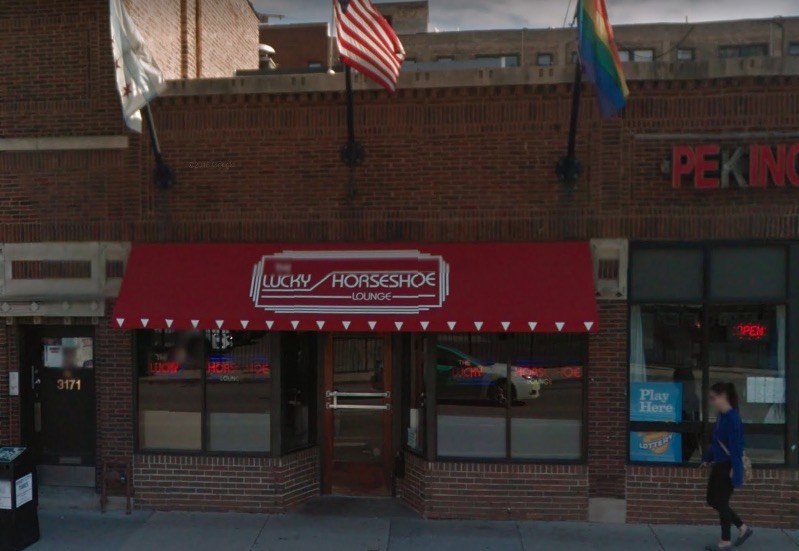
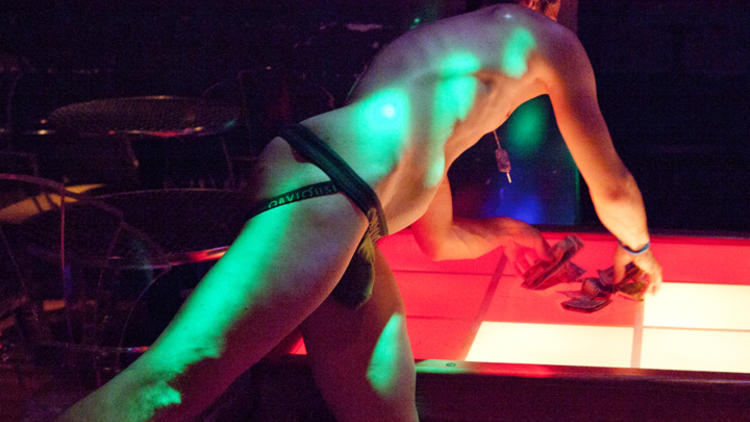
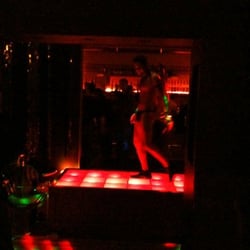
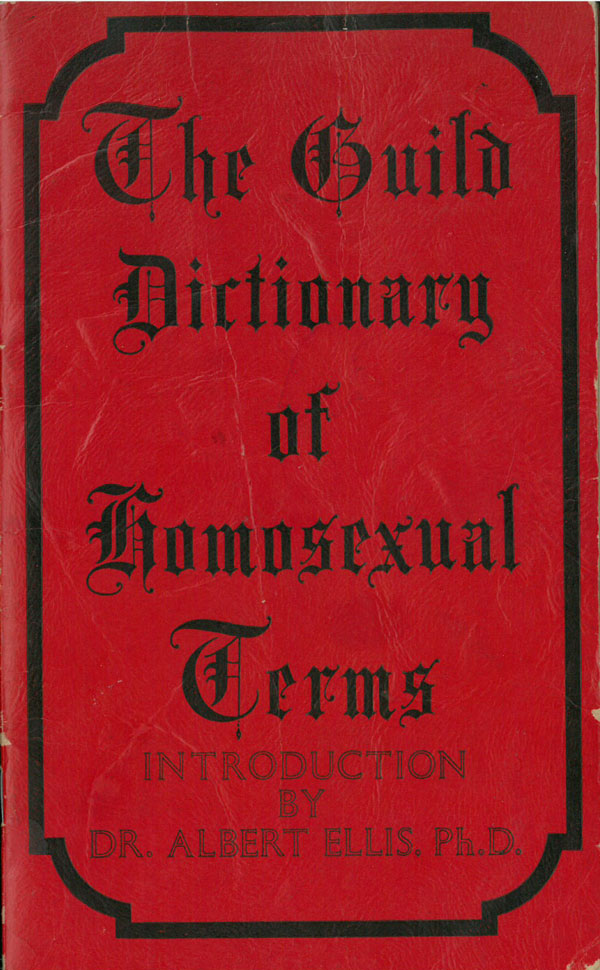
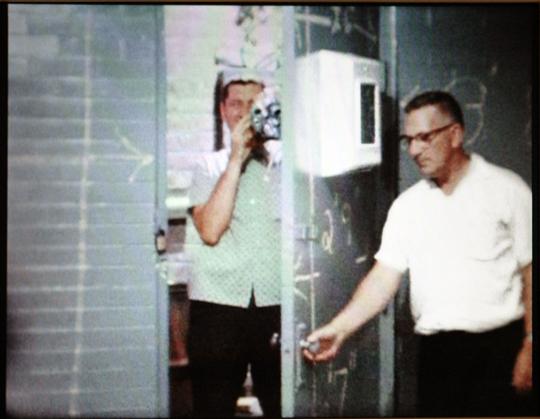
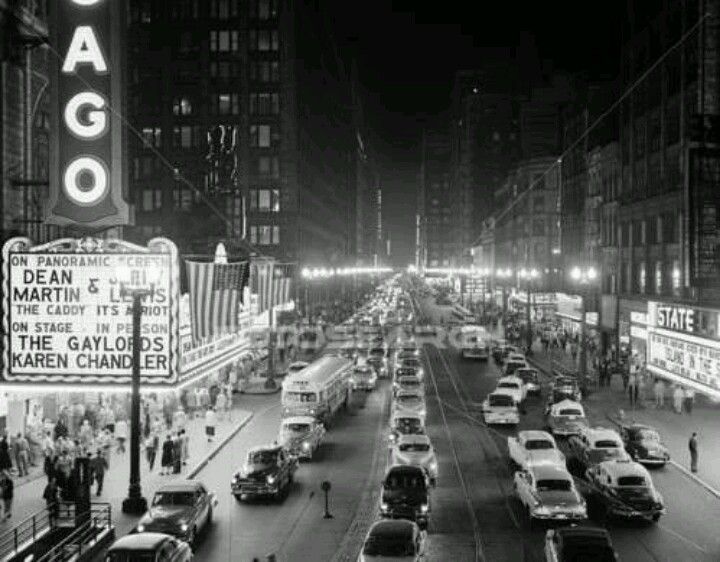
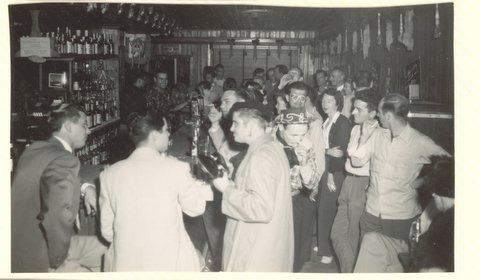
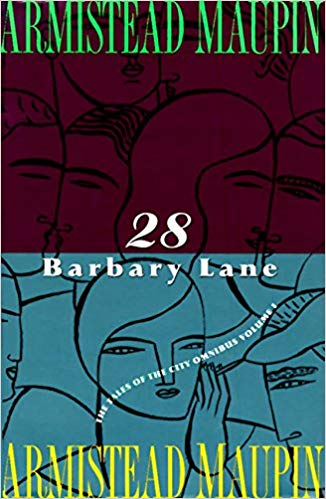
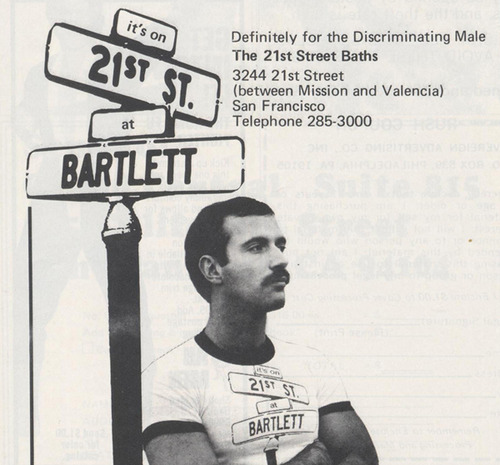
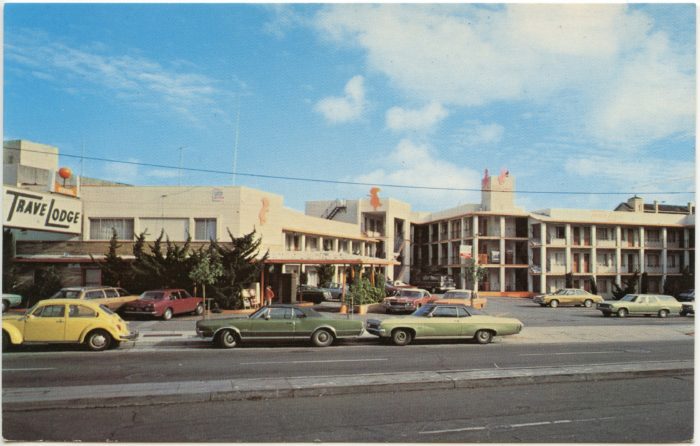
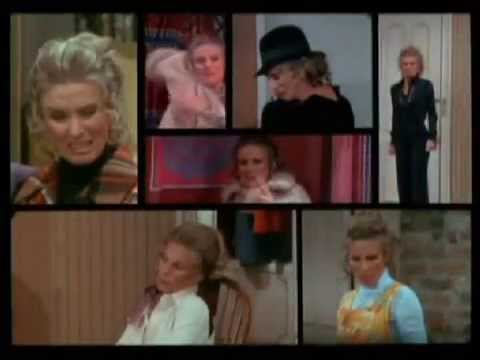
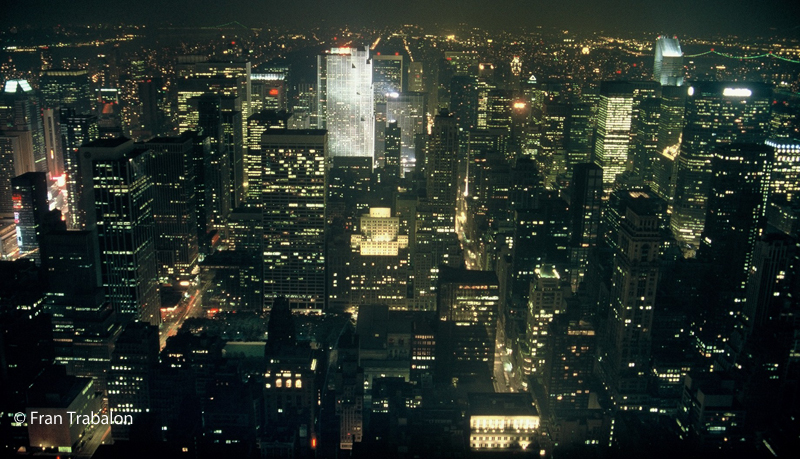
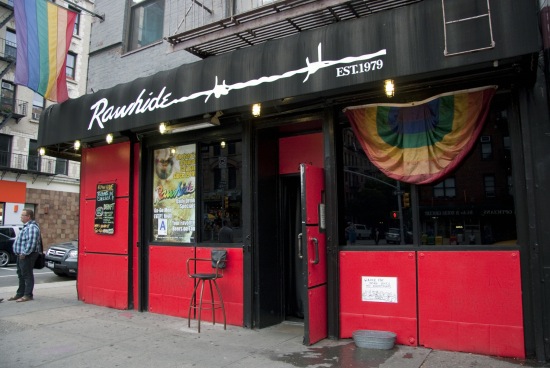
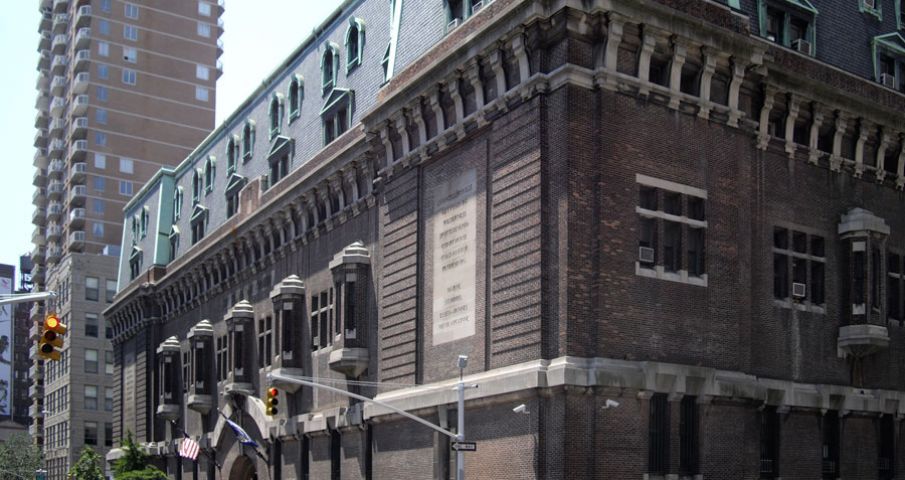
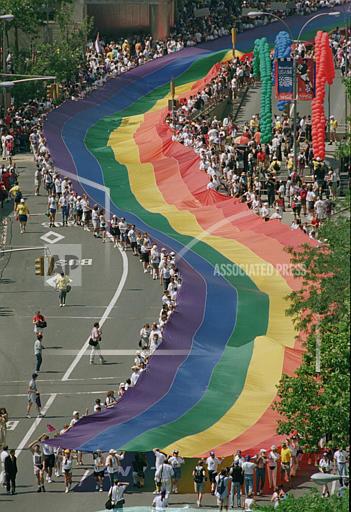
 Join our Email List
Join our Email List Like Us on Facebook
Like Us on Facebook Instagram
Instagram Youtube
Youtube Follow Us on Twitter
Follow Us on Twitter Follow us on Pinterest
Follow us on Pinterest